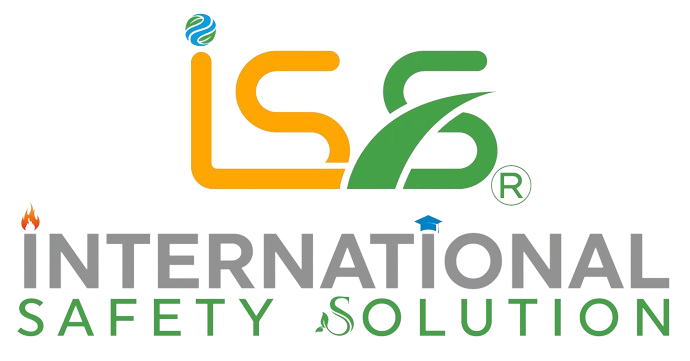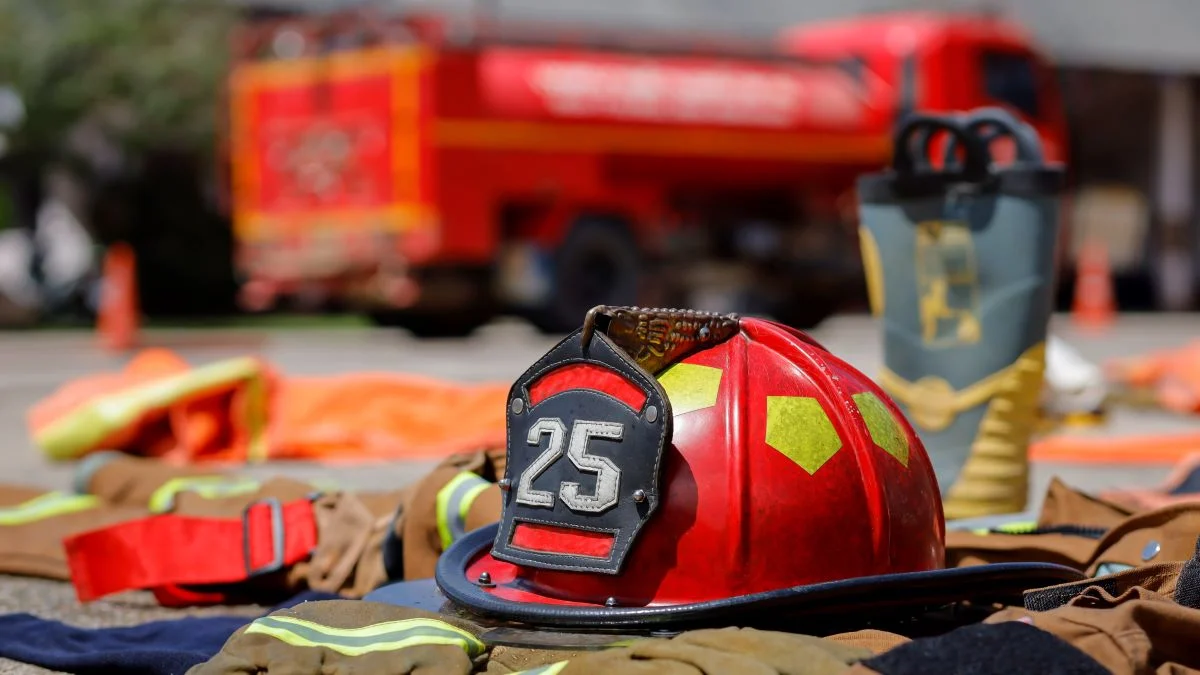Understanding NFPA 101 Standard: The Life Safety Code
When it comes to ensuring safety in buildings, NFPA 101 Standard—commonly known as the Life Safety Code—stands out as one of the most important standards in the world. Published by the National Fire Protection Association (NFPA), this comprehensive code provides guidelines to protect people from fire and related hazards. Here, we dive into the purpose, structure, and applications of NFPA 101 Standard and why it’s essential for building safety.

What is NFPA 101 Standard?
The Life Safety Code is a document that establishes minimum requirements for the design, construction, operation, and maintenance of buildings to provide a reasonable level of safety from fire and similar emergencies. Its focus is on both new and existing buildings, covering a wide range of occupancies, including residential, commercial, healthcare, industrial, and assembly spaces.
While it’s often associated with fire safety, NFPA 101 Standard takes a broader approach, incorporating provisions for smoke control, egress (the ability to exit a building safely), and other hazards that could impede safe evacuation during an emergency.
Key Features of NFPA 101 Standard
- Egress Design:
- One of the primary focuses of NFPA 101 Standard is ensuring occupants can safely exit a building during an emergency. This includes guidelines for exit routes, signage, lighting, and capacity calculations.
- Fire Protection Systems:
- The code mandates the installation and maintenance of fire alarms, sprinklers, and other suppression systems to mitigate fire hazards.
- Occupancy-Specific Requirements:
- Different types of buildings have unique safety needs. NFPA 101 Standard outlines tailored requirements for various occupancies, such as hospitals, schools, and high-rise buildings.
- Smoke Control:
- Provisions for controlling smoke spread within buildings are crucial for ensuring visibility and reducing inhalation risks during evacuation.
- Building Rehabilitation:
- The code also addresses safety considerations for existing buildings undergoing renovations or changes in use, ensuring compliance without requiring complete overhauls.
Why is NFPA 101 Standard Important?
- Life Safety:
- As the name implies, the Life Safety Code is primarily about saving lives. It’s designed to prevent tragedies by addressing potential risks before they become catastrophic.
- Legal Compliance:
- Many jurisdictions adopt NFPA 101 Standard as part of their building codes. Non-compliance can result in legal penalties and increased liability in the event of an incident.
- Peace of Mind:
- For building owners, occupants, and facility managers, adhering to NFPA 101 Standard ensures a safer environment, fostering trust and confidence.
- Adaptability:
- The code’s periodic updates reflect advances in technology, construction practices, and safety research, keeping it relevant to modern challenges.
Applications of NFPA 101 Standard
- Healthcare Facilities: Ensures that hospitals, nursing homes, and other healthcare institutions maintain stringent safety standards for vulnerable populations.
- Educational Institutions: Protects students and staff through tailored egress and fire protection requirements.
- Commercial Buildings: Guides the design of offices, retail spaces, and warehouses to maximize occupant safety.
- Residential Properties: Addresses fire risks in single-family homes, apartments, and dormitories.
- Public Spaces: Provides specific guidelines for theaters, arenas, and other areas where large crowds gather.
Staying Up-to-Date with NFPA 101 Standard
The NFPA regularly updates the Life Safety Code, typically every three years, to reflect emerging risks and advancements in safety technologies. Professionals involved in construction, facility management, and safety compliance should stay informed about these updates to ensure ongoing adherence.
Resources such as NFPA’s official website, training courses, and certifications can help individuals deepen their understanding of the code.
Conclusion
NFPA 101 Standard is more than just a set of rules; it’s a framework for saving lives and reducing risks in buildings. Whether you’re a property owner, an architect, or a safety officer, understanding and implementing the Life Safety Code is crucial for creating safer environments. By prioritizing life safety, we not only protect ourselves but also contribute to the well-being of our communities.






This Post Has 2 Comments
I have a strip center with seven offices that are individual approximately 600 ft.² each. There is one entry door, which opens to outside. Do I need an exit sign? It seems like the space is too small to require such a sign, but I need an opinion.
Please install a standard exit sign that can be used for both regular and emergency exits. Do not use an emergency exit sign.